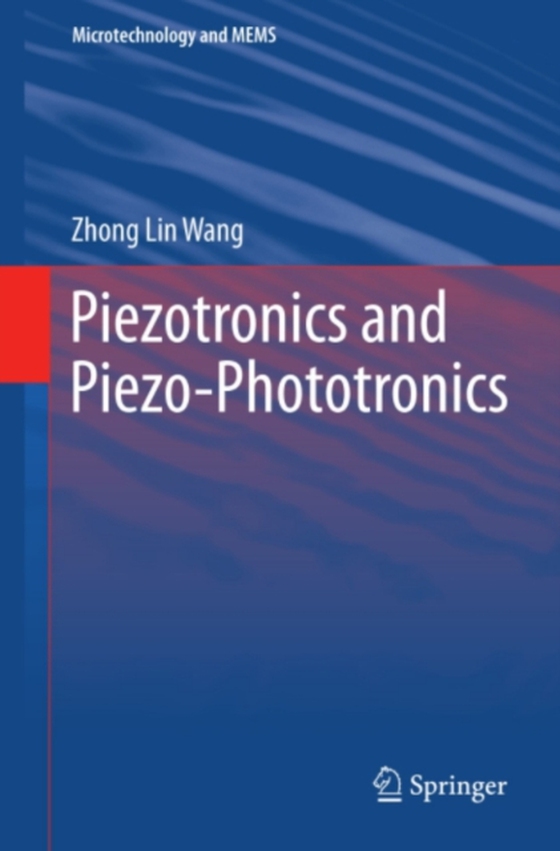
Piezotronics and Piezo-Phototronics e-bog
875,33 DKK
(inkl. moms 1094,16 DKK)
The fundamental principle of piezotronics and piezo-phototronics were introduced by Wang in 2007 and 2010, respectively. Due to the polarization of ions in a crystal that has non-central symmetry in materials, such as the wurtzite structured ZnO, GaN and InN, a piezoelectric potential (piezopotential) is created in the crystal by applying a stress. Owing to the simultaneous possession of piezoe...
E-bog
875,33 DKK
Forlag
Springer
Udgivet
11 januar 2013
Genrer
PHFC
Sprog
English
Format
pdf
Beskyttelse
LCP
ISBN
9783642342370
The fundamental principle of piezotronics and piezo-phototronics were introduced by Wang in 2007 and 2010, respectively. Due to the polarization of ions in a crystal that has non-central symmetry in materials, such as the wurtzite structured ZnO, GaN and InN, a piezoelectric potential (piezopotential) is created in the crystal by applying a stress. Owing to the simultaneous possession of piezoelectricity and semiconductor properties, the piezopotential created in the crystal has a strong effect on the carrier transport at the interface/junction. Piezotronics is for devices fabricated using the piezopotential as a "e;gate"e; voltage to control charge carrier transport at a contact or junction. The piezo-phototronic effect uses the piezopotential to control the carrier generation, transport, separation and/or recombination for improving the performance of optoelectronic devices, such as photon detector, solar cell and LED. The functionality offered by piezotroics and piezo-phototronics are complimentary to CMOS technology. There is an effective integration of piezotronic and piezo-phototronic devices with silicon based CMOS technology. Unique applications can be found in areas such as human-computer interfacing, sensing and actuating in nanorobotics, smart and personalized electronic signatures, smart MEMS/NEMS, nanorobotics and energy sciences. This book introduces the fundamentals of piezotronics and piezo-phototronics and advanced applications. It gives guidance to researchers, engineers and graduate students.
 Dansk
Dansk

